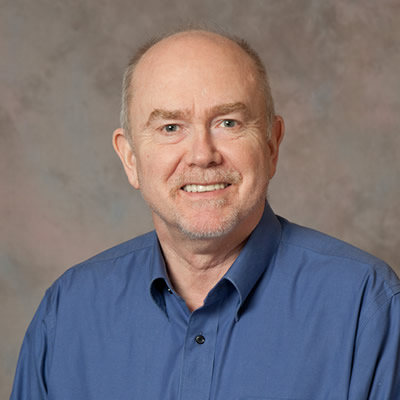Organization Trends
Secrets of the Public Interest Pyramid: The Left’s Silent Partner


Secrets of the Public Interest Pyramid (full series)
The Left’s Silent Partner | Infiltrating Universities | Trickle-Down Organizing | A Left-Wing Labyrinth | Clipboard Canvassing
Summary: Since the 1970s, left-wing activists—beginning with failed presidential candidate Ralph Nader—have struggled to build a lasting base of support for Democrats at the polls. But one of them, former activist Doug Phelps, took it further, establishing a permanent empire of professional, paid canvassers designed to secure money and votes for the radical Left’s agenda. CRC’s Hayden Ludwig and Michael Watson expose, for the first time, this vast empire of canvassers known as the Public Interest Network, and the mysterious puppet master atop the pyramid.
If you’ve ever been solicited on the street by clipboard-wielding activists asking you to donate to or support a group like the Southern Poverty Law Center, Greenpeace, or the Human Rights Campaign, you’ve probably run into representatives of the Public Interest Network, or PIN.
But you won’t see the PIN logo on these street canvassers’ T-shirts. That’s because they’re contracted out to any number of left-wing organizations, giving the appearance that these groups are fueled by “grassroots” supporters eager to collect donations for a cause they cherish.
This kind of professional activism is known as “Astroturfing.” “Grassroots activism” is often a publicity tactic employed by the Left. In reality, these “grassroots” are Astroturf—a small group of paid political activists pretending to represent a large organic movement. And while PIN is hardly the first organization on the Left to use professional Astroturf activists to inflate the size of its base, it’s one of the biggest—and best—at it.
That’s because PIN isn’t a single organization; it’s a vast collection of nonprofit and for-profit entities operating under the “Public Interest” brand. Together, these groups form a cohesive front for advancing the Left’s political agenda. Some groups, like Environment America, lobby for left-wing environmental policies. Others, like the New Voters Project, help rally voters to the polls in support of Democratic candidates. Still more, such as the U.S. Public Interest Research Group (US-PIRG), recruit new activists from college campuses and funnel millions of dollars in student fees to national lobbying efforts. And a few, like the ironically named Grassroots Campaigns Inc., provide a private army of underpaid and overworked canvassers for left-wing organizations to hire out for their own fundraising and activist efforts.
And at the center of it all is Doug Phelps, the enigmatic president of the Public Interest Network. Not much is known about Phelps’s personal life. He’s a former activist himself whose first job in the network was reportedly with MASSPIRG, the Massachusetts state affiliate of the U.S. Public Interest Research Group. He’s also an active Democratic donor who grew up in Colorado, where he helped found the shadowy Colorado Democracy Alliance, the pioneering Rocky Mountain branch of the Democracy Alliance, the national club of Democratic Party megadonors and string-pullers (more on that later).
His lack of public profile aside, Doug Phelps is the man behind the Public Interest curtain. He is the president, top executive, or a board member of no less than 16 groups in the Network, most of which represent the bulk of funding and power within the structure. And where Phelps himself is not an officer or board member, one of his trusted lieutenants—all veteran Public Interest Network activists—serve in his stead.
It’s a complex system with well over a hundred component groups dating back to the 1970s—which is why very few have attempted to map it out in its entirety, and none have succeeded so far. But before we can chart the Public Interest empire, we need to answer a question: where did it all come from?
In the next installment of Secrets of the Public Interest Pyramid, learn how higher ed carve-outs helped start the PIRG pyramid.



